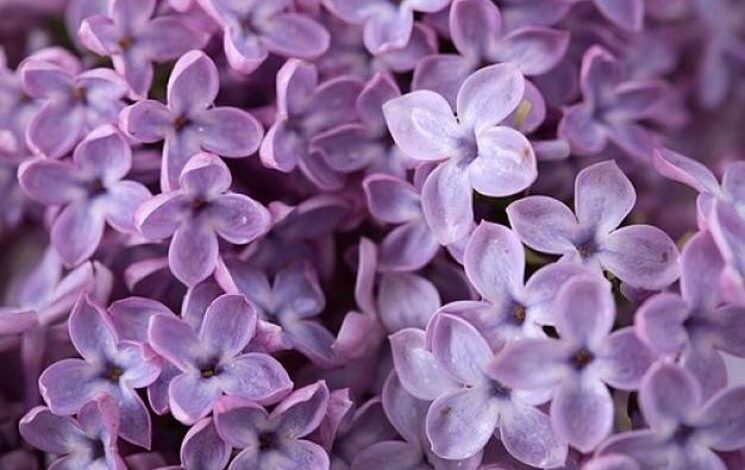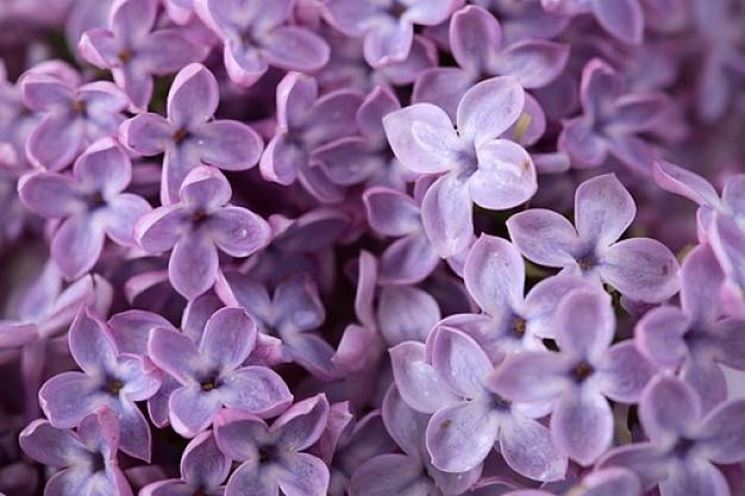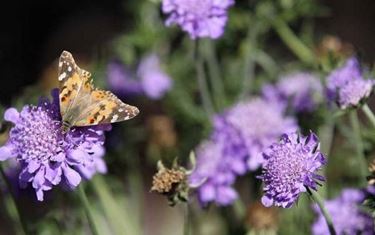Lilac flowers

Lilac flowers

Cultivation

Lilac flowers prefer to grow in sunny areas and in medium-textured soils that retain moisture. They do not fear winter cold or summer heat, they like a summer – humid climate. As for watering, in winter they are satisfied with the rains but, in the summer, they need at least 15 liters of water every 10 – 15 days. If these plants are grown in pots, they must be watered when the soil is dry and they must be repotted every 2 – 3 years to allow them to grow in the best way. Lilac flowers need pruning in the post-flowering period and during the winter period, weak branches and damaged leaves must be removed to strengthen the plant in order to obtain excellent results in the following year’s flowering. To help the plant in its development and to avoid its weakening, it is advisable to use manure during the autumn, adding it to the surface of the soil and mixing it so that it can be distributed throughout the area; or we could use some fertilizer in the spring period.
Properties and utility
Lilac flowers contain some important properties that allow their use in various fields. Essential oils are prepared for joint and rheumatic pains and, according to the «legend of the fairies», the oil of lilac flowers was characterized by therapeutic properties to cure psychic problems. The essences that are obtained from these flowers are also used to create women’s perfumes. The characteristics of this plant are also known in the herbarium for their febrifugal effect, in the bark they contain syringosie glucoside, with which the infusions are prepared. The leaves, with a bitter taste, are used to prepare antirheumatic and anti-inflammatory infusions, to relieve stomach pain, liver pain and are useful for digestion. In addition, with lilac flowers they also prepare oils used for massages,
Meaning
In the language of flowers, the meaning of these flowers varies according to the species and their color. The white lilacs stand for purity, innocence and virginity; the yellow lilacs express being in the clouds; Tiger lilacs indicate pride; the Lilacs of the Valley express tenderness and humility; Purple Lilacs indicate falling in love and heartbeats of love. In some areas of the world, for example, purple lilac flowers indicate the breakup of an engagement when given to a person. In general, the meaning of the lilac flower can vary a lot, and this makes it clear that, except in rare cases, these characteristics of the flowers are born more on the basis of cultural opinions than on objective characteristics. Having established this, it is clear that for each culture existing on planet Earth there could be a different meaning. In fact, let us not forget that these beliefs and habits around the meaning of a flower were born about a century ago, when all those means of instant communication that we can currently boast of did not exist. Therefore, even similar cultures such as European and American (which already at the beginning of the century were equivalent) have been able to give life to different meanings even in the same period of time, without being able to compare with a certain speed. This is associated with the behaviors of the peoples generally more linked to the Earth, to nature and to their life, that is to say all those indigenous peoples that unfortunately civilization and globalization are wiping out; their habits and customs, however, deserve to never get lost.




